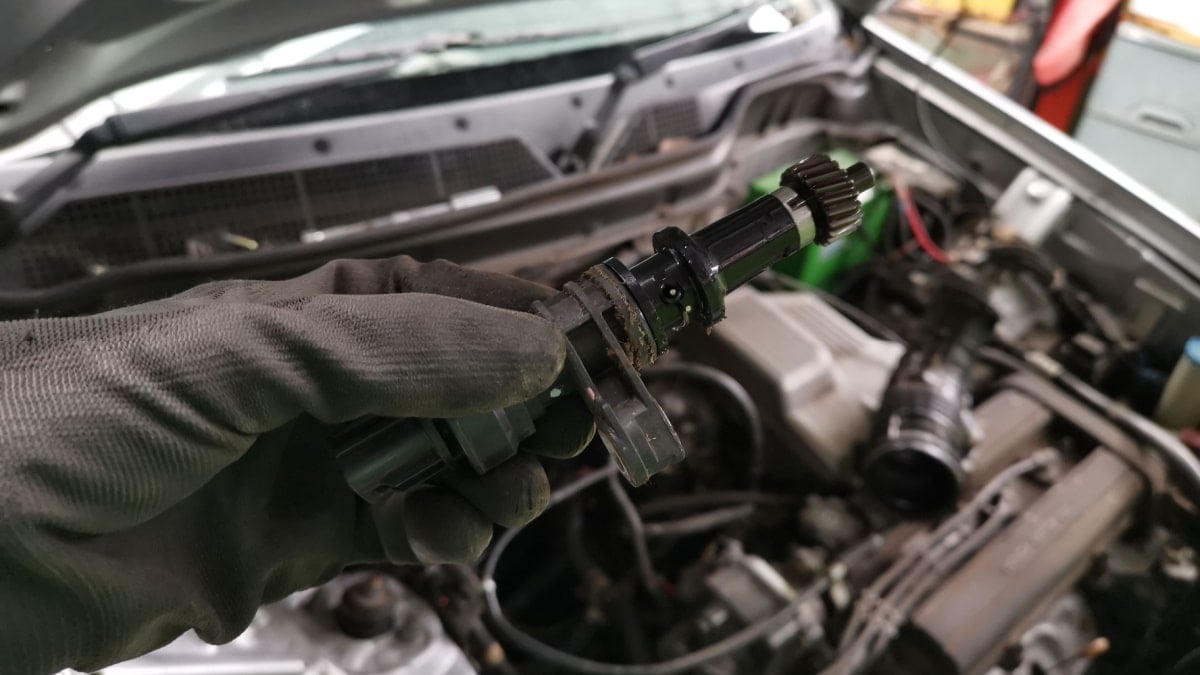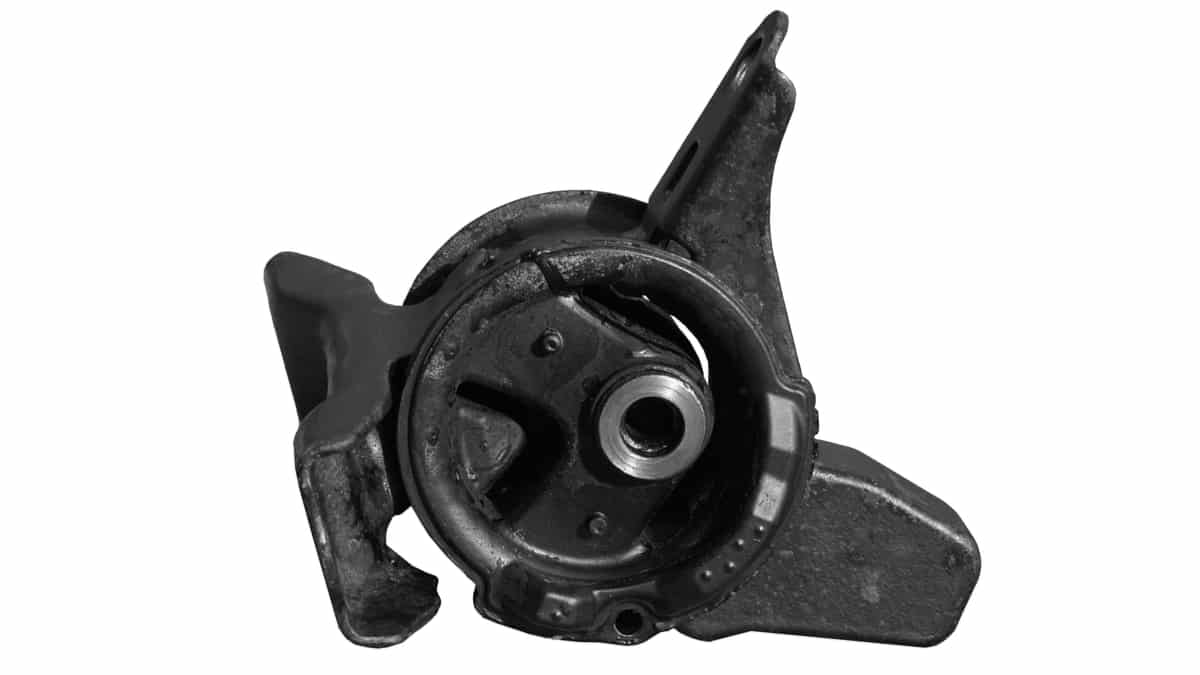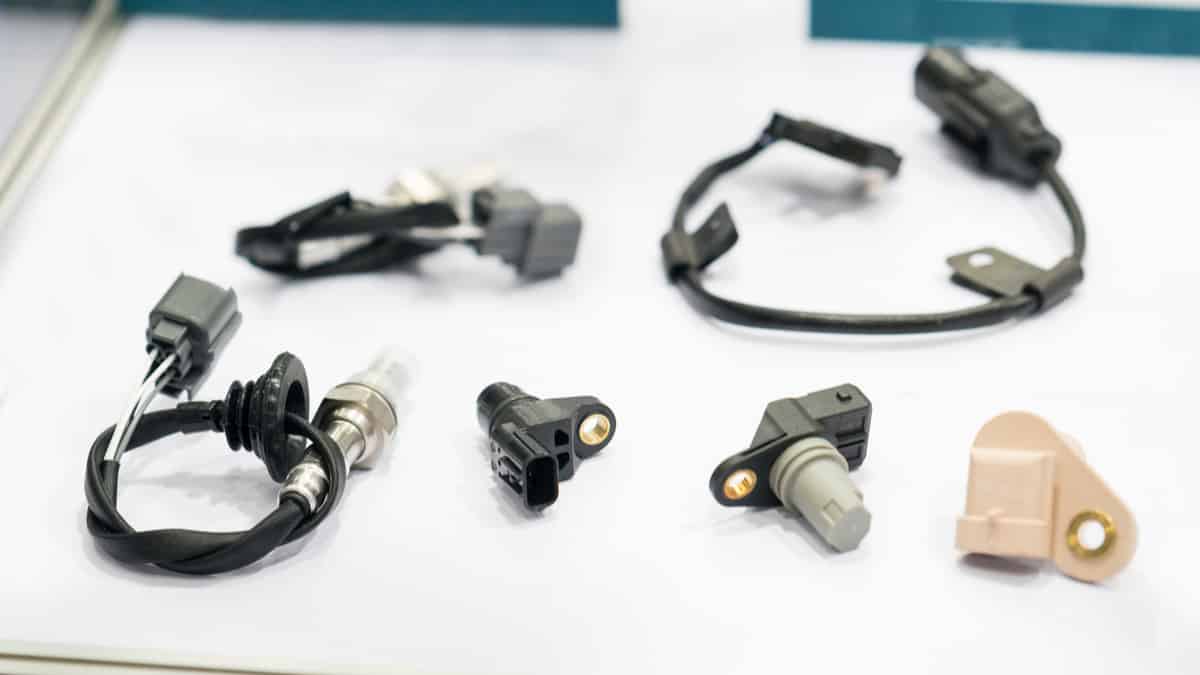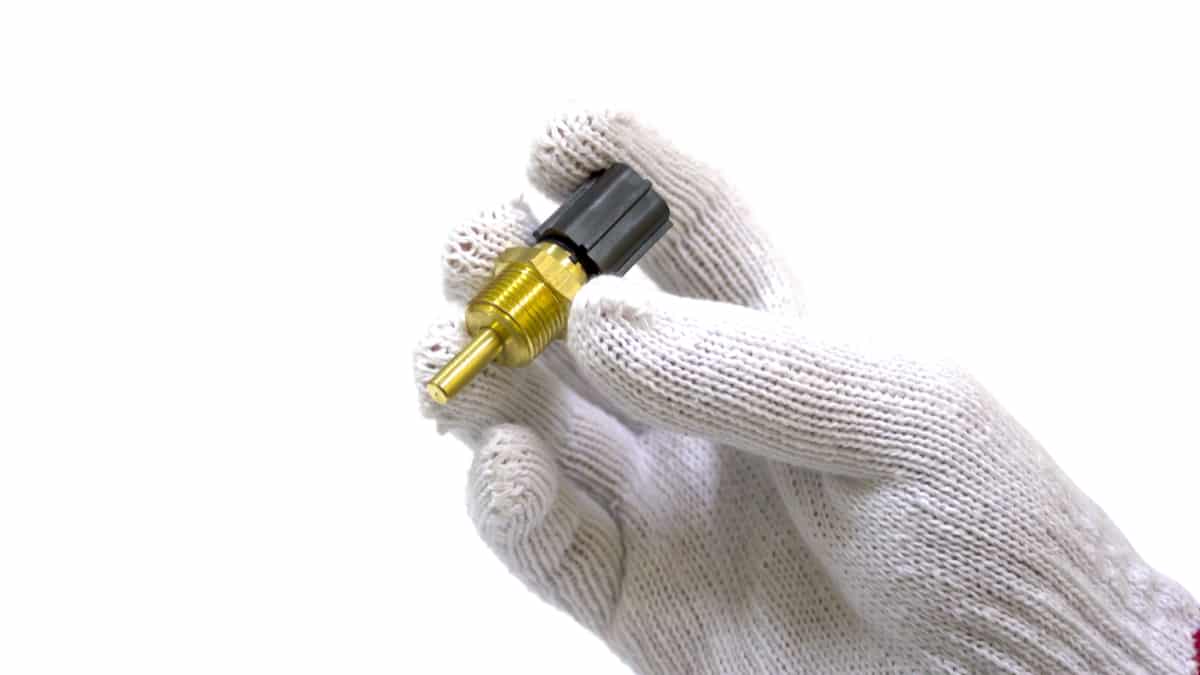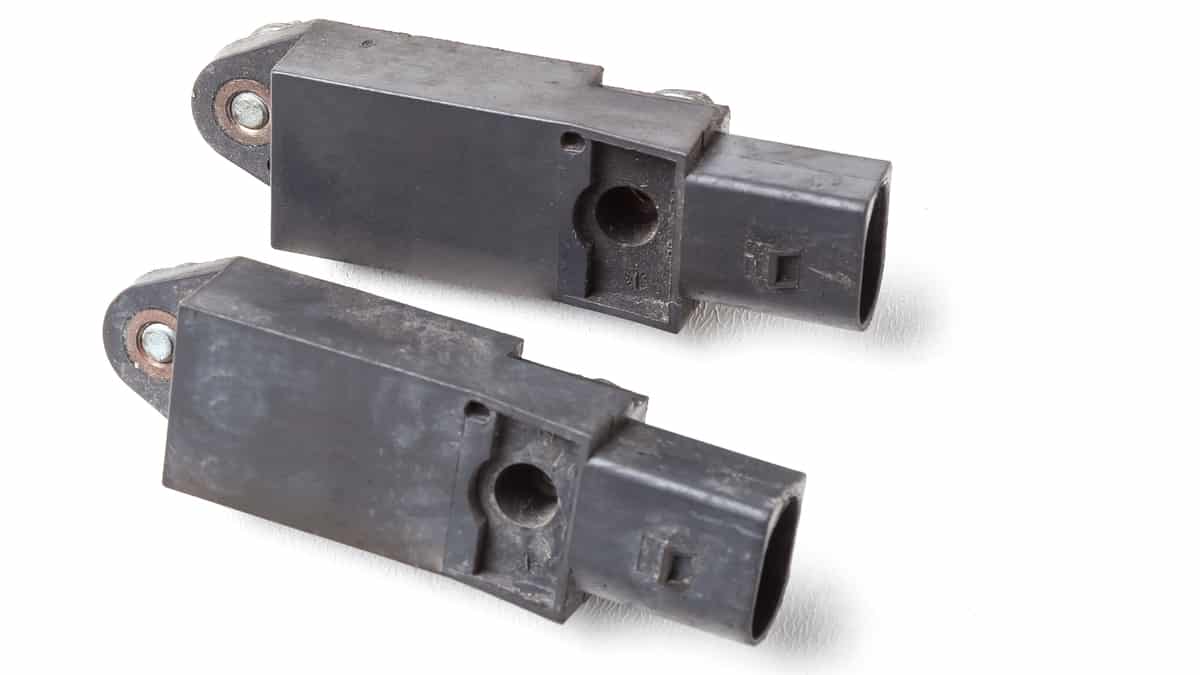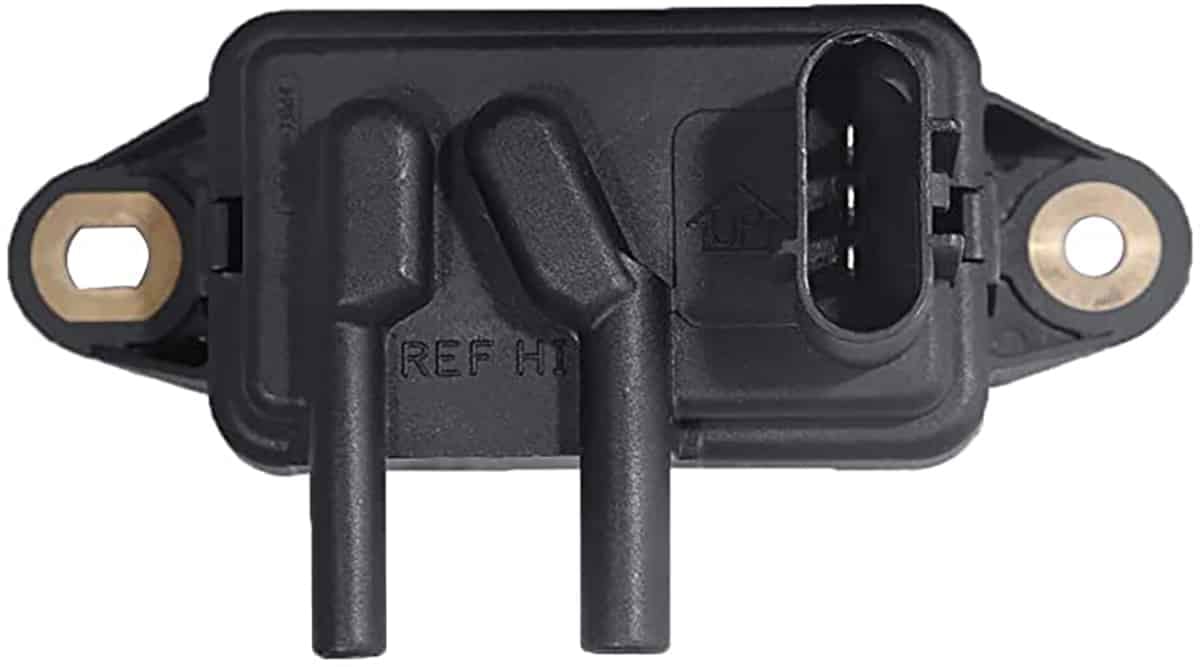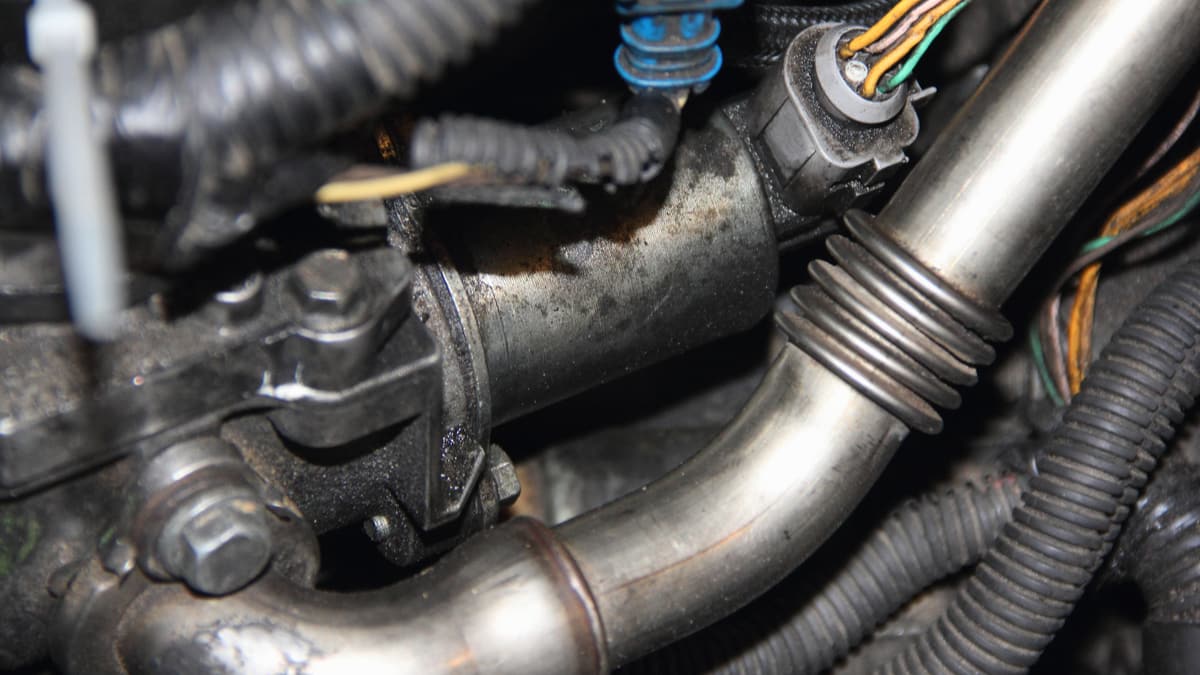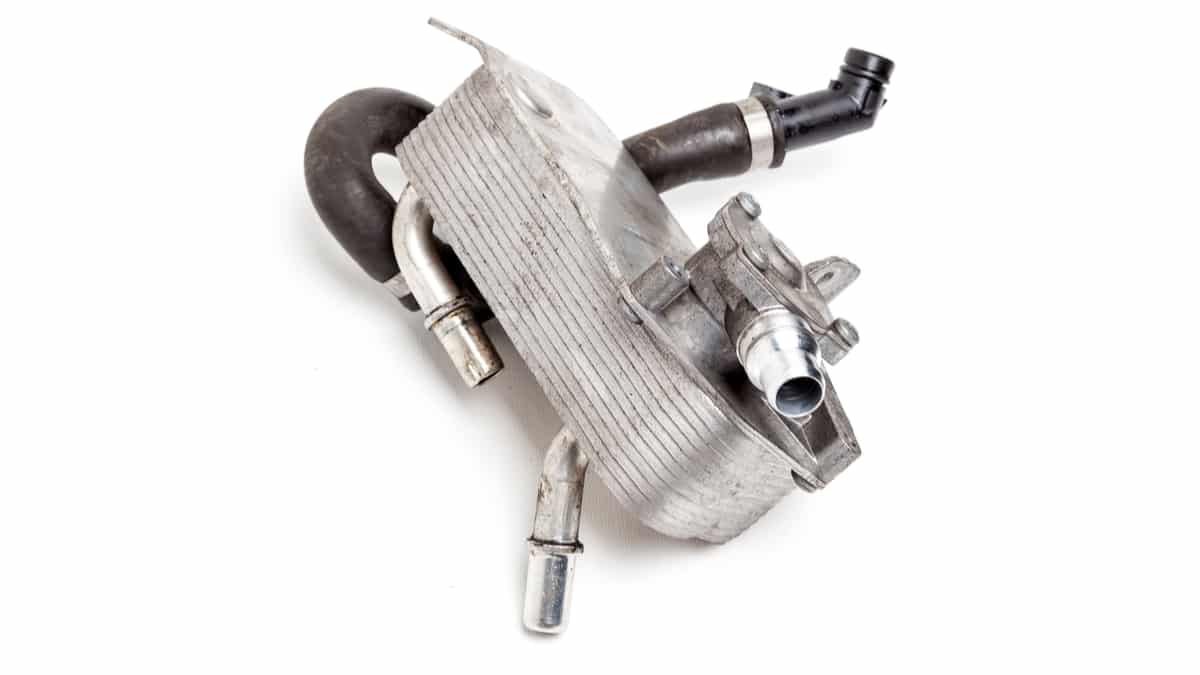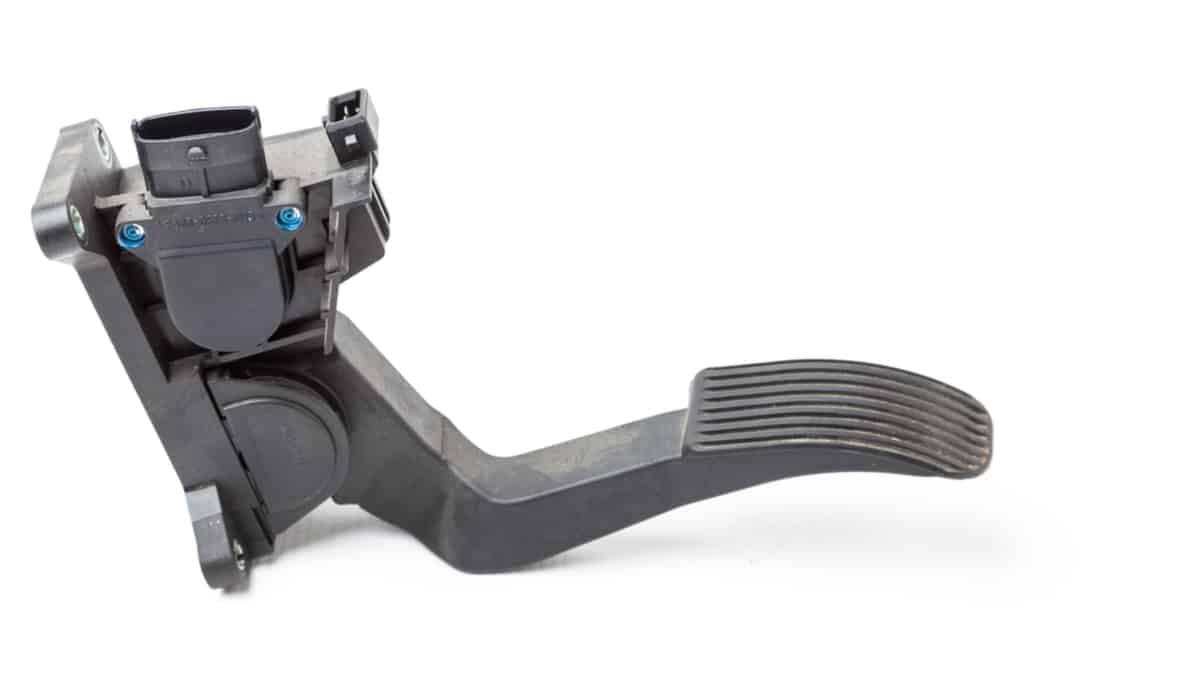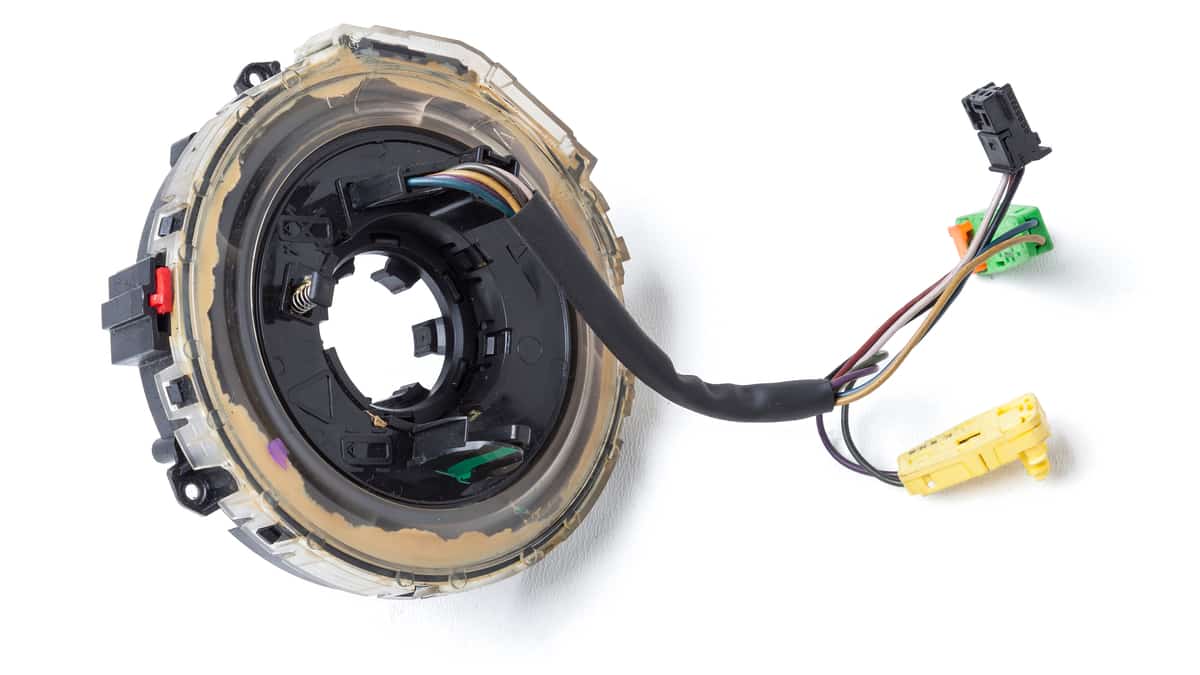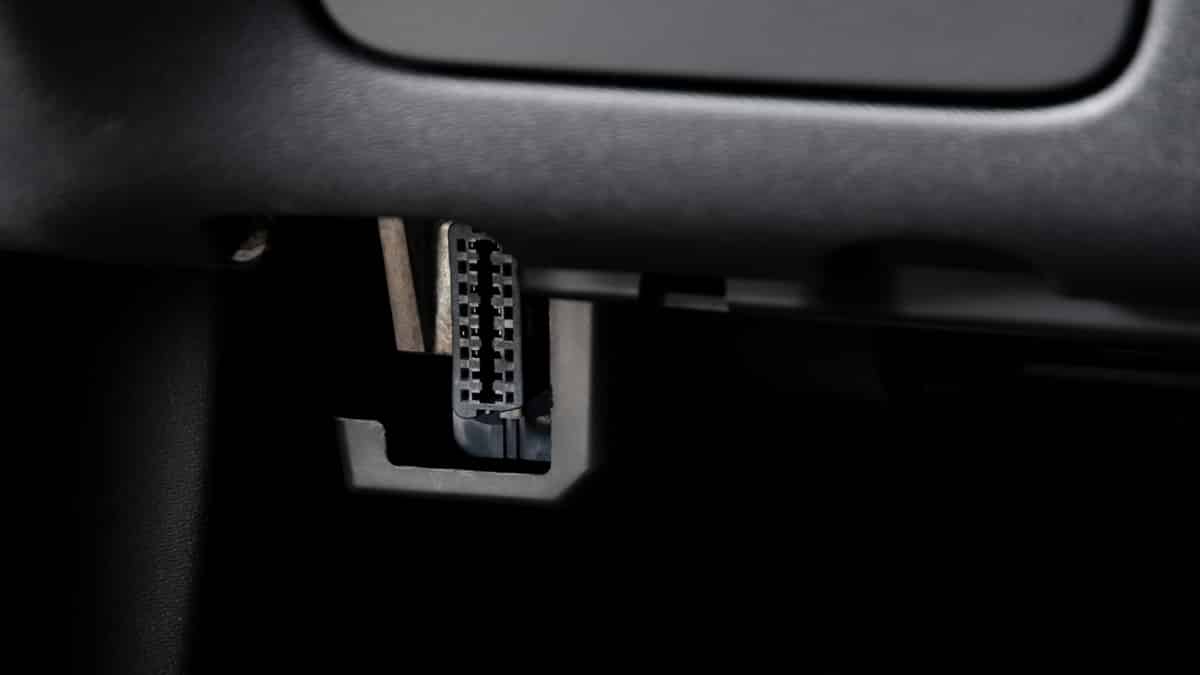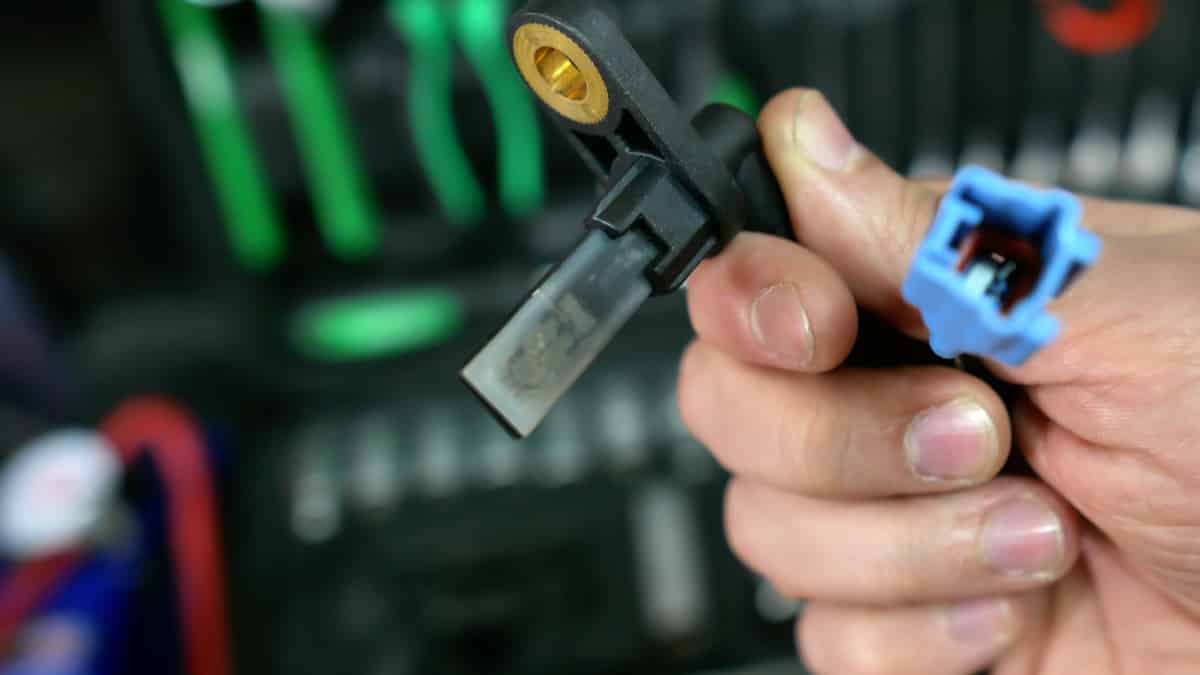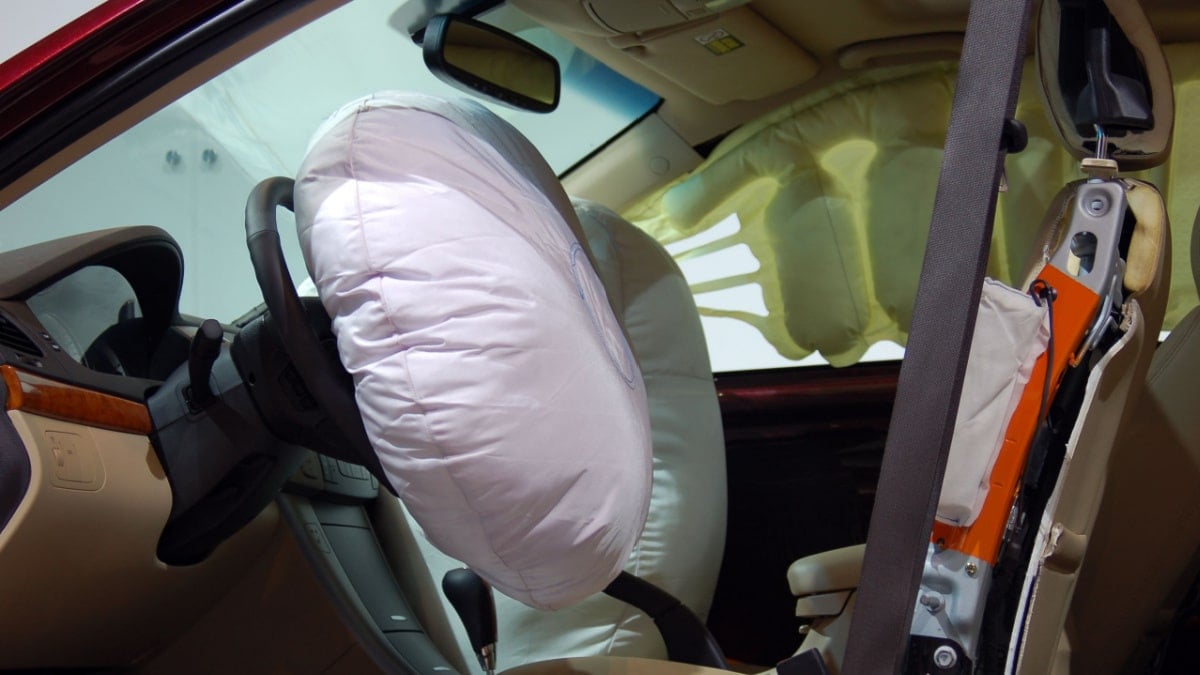Your car contains multiple sensors that ensure everything runs as it should. One of these sensors has to do with the transmission speed and it’s not immune from failure. Once a replacement is required, you need to know the transmission speed sensor location if you plan to do the repair yourself.
In this guide, we cover the location of the speed sensor on some of the most popular models. We also show you how to perform a replacement and cover the costs. At the end of this article, we answer your most-asked questions.
Where Is The Transmission Speed Sensor Located?
The transmission speed sensor is usually found near the transmission’s output shaft but can be in various locations based on what model you drive. In some car models, it can be found inside the transmission fluid pan, but it’s usually found externally.
The transmission speed sensor measures road speed based on how the output shaft turns. It works in conjunction with wheel speed sensors for precise operation.
Here are a few of the most popular models and the location of the transmission speed sensor. If you are looking for the location on a model not shown here, you can check your service manual or do a quick online search.
BMW
In many BMW vehicles, there are sensors for both the input and output shafts. Both of the sensors can usually be found in the transmission pan. However, in many BMW models, the output sensor can also be located on the outside of the transmission near the back.
The input sensor is located near the front of the pan, while the output sensor can be found closer to the back. Check the service manual for a diagram.
Ford F-150
The Ford F-150 truck has a vehicle speed sensor usually found on the back of the transmission. It’s usually near the tail shaft, on the driver’s side, above the transmission fluid pan.
If you have a two-wheel drive truck, it’s much easier to see. On the four-wheel drive models, the transfer case can be in the way, so you have to remove the front drive shaft to get to it.
Honda
Honda vehicles can also have a slightly difficult configuration. With some Hondas, you have to remove the air filter box to get to the speed sensor, due to the transverse engine.
With the box off, you can see the sensor located on top of the transmission. In the service manual, you can get more detailed steps.
MINI Cooper
With MINI models, the speed sensor is normally found on the right of the transmission. Usually, it’s side-mounted and resembles a plug.
The overall length of this sensor is around three inches. It’s connected with a plug-and-play fitting, so it’s not hard to remove.
Toyota
Most Toyota cars have a sensor found at the bottom of the transmission. If it’s not there, you will find it on the side.
Depending on the vehicle you drive, the speed sensor can be easy to get to. Other times, you may need help from a professional mechanic.
Allison
Some of the transfer cases with Allison transmissions contain one sensor. There are also some models that have two, so you need to figure out which one you have.
In the rear of the transfer case, you can find both of the sensors. The tail shaft is where they get mounted with a device that has one sensor on either side.

How Do You Replace The Transmission Speed Sensor?
When the speed sensor fails, you want to replace it immediately. With some basic tools and a little know-how, you can perform the work yourself. We recommend reading through the service manual for your vehicle before getting started.
Once you are ready, here are a few general steps you can follow.
- Park the vehicle on a flat spot. Only work on the vehicle once the engine is completely cool.
- Lift the front end with a floor jack. Secure the vehicle on jack stands at the appropriate spots.
- Locate the transmission speed sensor for your vehicle type.
- Remove the electrical connector attached to the speed sensor. You may need to push in the tabs on either side.
- Remove the sensor from the housing. This action may require a wrench or socket.
- Replace the sensor with a new one. Twist it in place clockwise until it is secure.
- Connect the new sensor to the electrical connector.
- Lower the vehicle back down to the ground.
- Take the vehicle for a test drive to see if the problem is resolved.
If, at any time, you don’t feel comfortable working on the speed sensor, reach out to a professional mechanic in your area. You don’t want to take unnecessary chances and break something else.
Transmission Speed Sensor Replacement Cost
To replace the transmission speed sensor, you may spend $75 to $450. The cost depends on what type of vehicle you drive and where you live, as labor rates can vary by region.
It’s often best to replace the transmission speed sensor yourself if you feel equipped to do so. Because the sensor may only cost $20 to $100, you could save a lot of cash.
With that in mind, not all sensors are simple to replace, so read the service manual before diving in. You may need to remove a lot of components just to get your hands on the sensor.
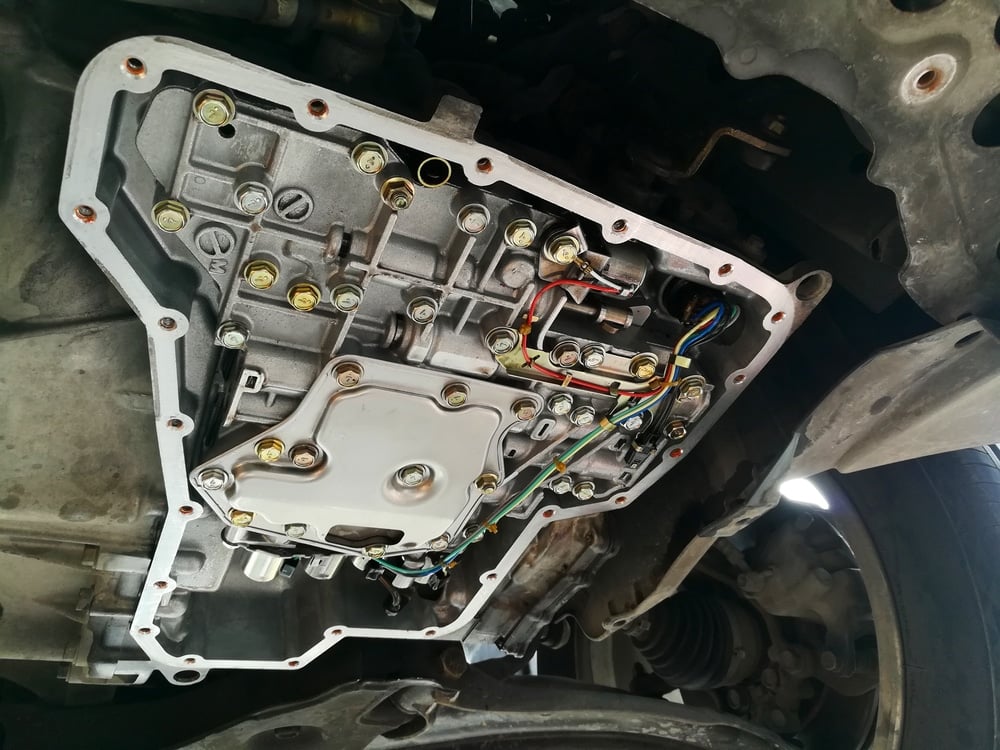
Is it easy to replace a transmission speed sensor?
With most vehicles, it’s just a matter of locating the sensor and disconnecting it before putting the new one in its place. However, a few vehicles have a different configuration that makes it difficult to get to the sensor without removing other parts. Read your car’s service manual to see what your model requires.
What is the difference between a vehicle speed sensor and a transmission speed sensor?
The VSS is another name for the transmission speed sensor. Both of these terms describe the small sensors mounted on the transmission that determines how fast your car is going based on the rotation of the transmission shaft’s toothed wheel. This sensor is different from the speed sensors on the wheels of your car.
How much does it cost to fix a transmission speed sensor?
On average, you may spend between $75 and $450 to have the transmission speed sensor replaced at a local shop. If you can replace the sensor at home, you will only have to pay for the parts, which could be between $20 and $100 instead.
What happens when the transmission speed sensor goes out?
As the sensor fails, shifting becomes rougher and unpredictable. The cruise control can also fail because the shaft speed can’t be measured. You may also see the Check Engine Light, which attempts to tell you of the fault, so you can repair it.
Most at-home mechanics aren’t dealing with transmission speed sensor replacements every day. It’s not a part that goes bad regularly. For that reason, you may not be familiar with the location, replacement procedures and symptoms of a faulty part. Thankfully, our comprehensive guide helped you to figure all of these aspects out.
With a little patience, you can replace the transmission speed sensor on your vehicle and save money over visiting a local repair shop. You don’t need a lot of experience, just a willingness to learn something new.
Categories: Transmission
